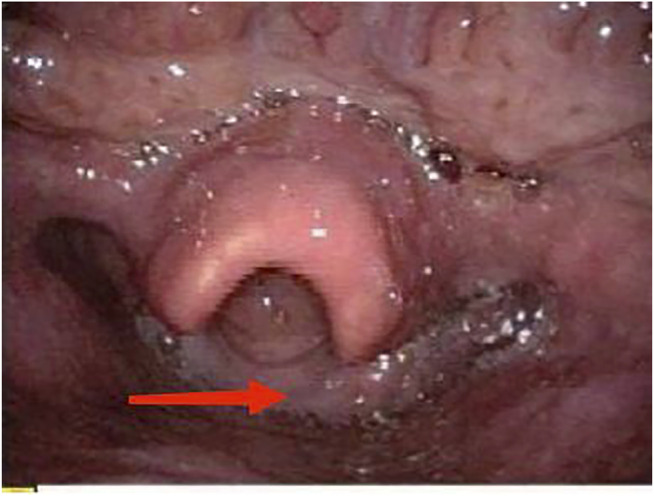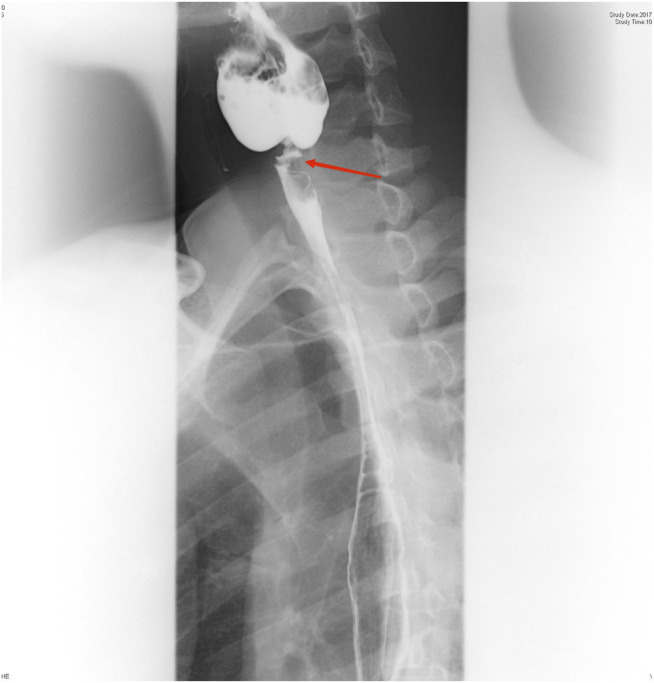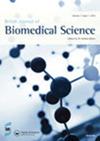隐性营养不良大疱性表皮松解伴严重食管狭窄1例并文献复习。
IF 4.6
4区 医学
Q2 MEDICAL LABORATORY TECHNOLOGY
British Journal of Biomedical Science
Pub Date : 2022-03-23
eCollection Date: 2022-01-01
DOI:10.3389/bjbs.2022.10200
引用次数: 1
摘要
本文章由计算机程序翻译,如有差异,请以英文原文为准。



Case Report: Recessive Dystrophic Epidermolysis Bullosa With Severe Esophageal Stenosis: A Case Report and Literature Review.
Epidermolysis bullosa (EB) is a rare genetic disease that has no effective management or cure. Patients with EBmaymanifest with skin andmucous membrane fragility, blisters, erosions and scars. Based on the 2014 diagnosis and treatment guidelines, EB can be divided into four types: EB simplex (EBS), junctional EB (JEB), dystrophic EB (DEB), and Kindler syndrome (1). DEB usually affects the skin and nails at birth, which can be divided into two subtypes, namely the dominant dystrophic epidermolysis bullosa (DDEB) and recessive dystrophic epidermolysis bullosa (RDEB) (2). Furthermore, based on different clinical features, RDEB has been classified into severe Hallopeau-Siemens type (RDEB-HS) or the milder form called RDEB-nHS. Patients with RDEBHS have systemic lesions and scars on hands and feet, leading to finger fusion and severe mucosal involvement, while those with RDEB-nHS may have local or systemic mild dermatological manifestations, mostly without finger fusion and without the involvement of the extradermal organs (3). Here, we report the case of a male patient with severe esophageal stricture due to recessive dystrophic EB. Currently, there is no effective treatment for EB complicated with severe esophageal stricture, although esophageal dilation and gastrostomy may be attempted.
求助全文
通过发布文献求助,成功后即可免费获取论文全文。
去求助
来源期刊

British Journal of Biomedical Science
医学-医学实验技术
CiteScore
4.40
自引率
15.80%
发文量
29
审稿时长
>12 weeks
期刊介绍:
The British Journal of Biomedical Science is committed to publishing high quality original research that represents a clear advance in the practice of biomedical science, and reviews that summarise recent advances in the field of biomedical science. The overall aim of the Journal is to provide a platform for the dissemination of new and innovative information on the diagnosis and management of disease that is valuable to the practicing laboratory scientist.
 求助内容:
求助内容: 应助结果提醒方式:
应助结果提醒方式:


